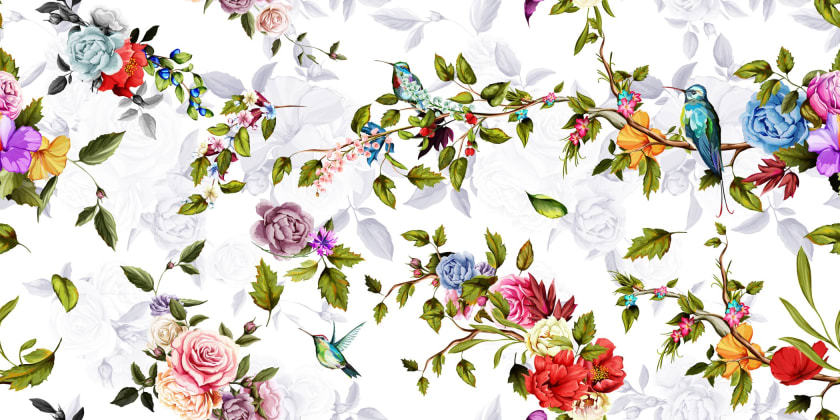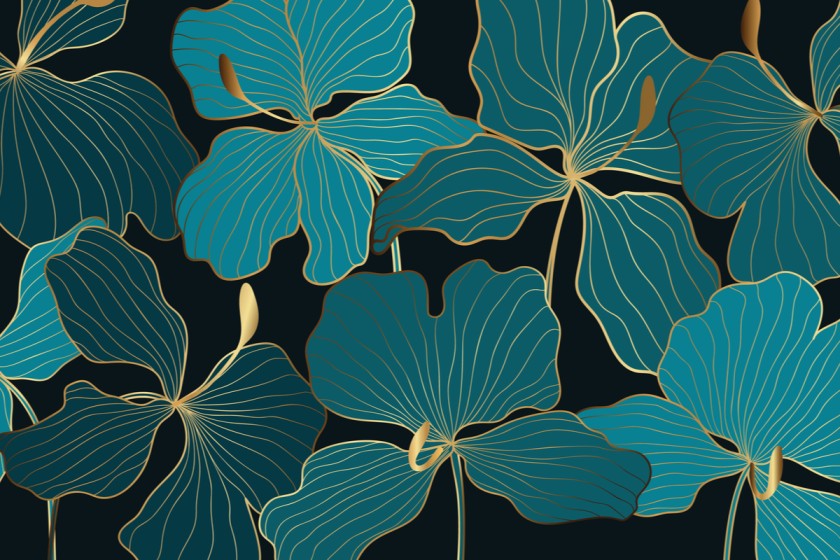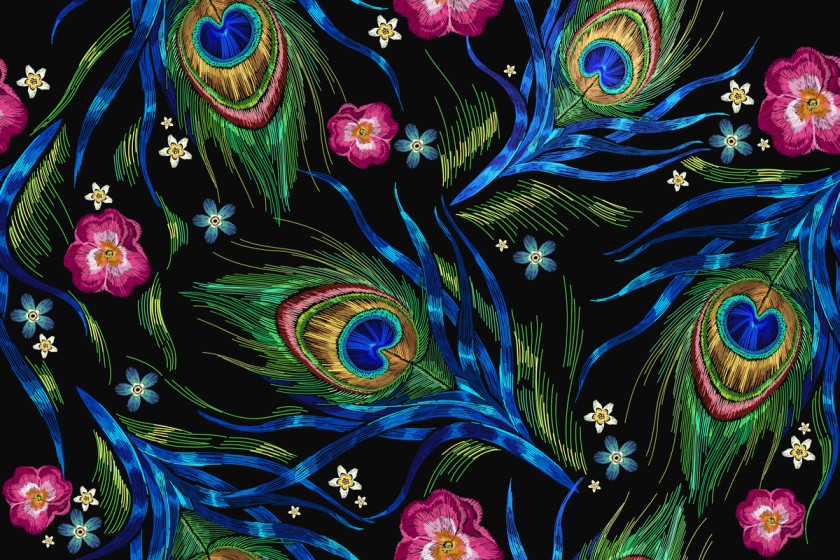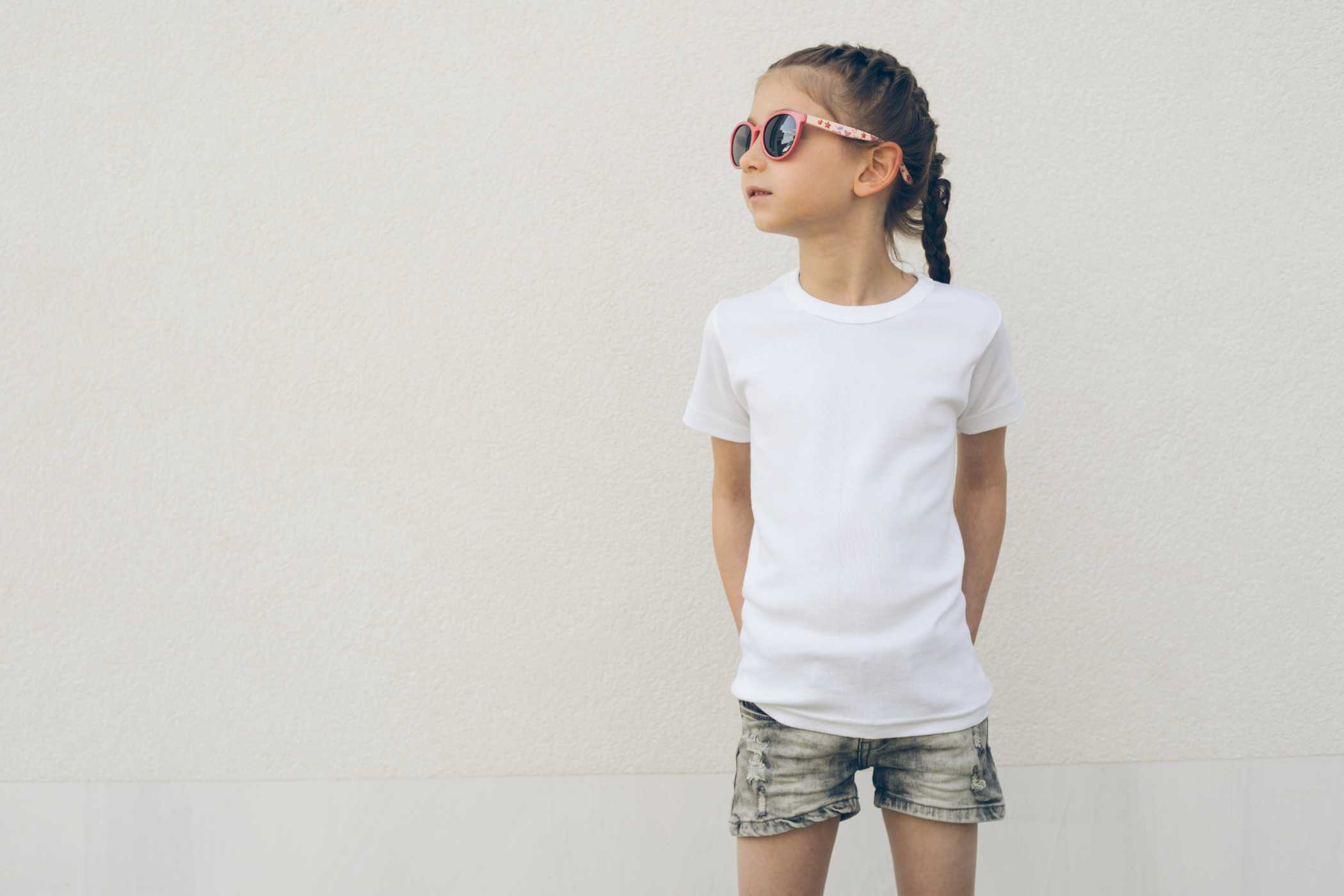Step by Step Guide to Designing and Printing Your Own Fabric



Creative ideas for designing and printing fabrics
Designing your fabrics and printing them can give a fashion designer the liberty and space to his or her creative ideas. There is the freedom to express your patterns and ideas onto the fabric. fabric designs can be made in no time, all you need is creativity and the passion to fabricate your designs into reality.
Steps for designing a fabric-
- Come up with a topic: To start designing a fabric, you must come up with a topic. A topic; which will be based on your design, for example, are you designing for a scarf, a stole, a skirt or a gown. Once you know the end product of your fabric or what you will be making with the fabric, it becomes easier to decide the print of the fabric. If you are designing a blanket for a boy, then you want to consider whether it is a boy or a girl. If you are designing a home decor item, then you decide which item it would be. a topic will also be used to choose what type of print you would like. If it is a baby item then you can choose a variety of baby-friendly motifs. If it is a woollen object then you could use a plaid or a checkered or maybe even a houndstooth design. A fabric design starts with choosing the appropriate topic you wish to work upon.
- Choose an element: Once you decide the object, then you work upon the element you want to incorporate. An element will be the base of your fabric. An element will be in the form of an illustration. make a square and area to fit what is the basic motif you want. For instance, if you have chosen a floral pattern, then do you want only one flower variety or there are more than two? Fill in the space using various petals. If it is an object you choose for example a jacquard weave or check pattern, then try fitting as many as possible into the square. This will help you to identify the number of squares required to fill in your cloth length. Repeat the flower pattern to ultimately fill in the square. You can draw by hand or numerous digital platforms could be helpful. A photoshop app can come in handy for this.
- Design your repeat pattern: To do this, use professional software such as Inkscape, Photoshop or Illustrator. Use the element tile to repeat and adjust all the tiles to fill in the length of your cloth. You can choose to repeat small or repeat big. Some natural ways to design your pattern are bandhani, tie and dye techniques, batik prints, shibori patterns, reverse tie and dye patterns.
- Choose the fabric: Choosing the type of fabric is a crucial step in designing fabric. Different patterns look different on a variety of fabrics. The same design would not look impressive on different fabrics. Therefore, you need to carefully choose the fabric to enhance the beauty of your design and fabric at the same time. For example, a broad bold floral design would look best on a mul cotton or silk fabric. The colours would look vibrant and refreshing. A plaid pattern would look best on a wool or knitted garment.
Once you have designed a piece of fabric, the next big step is the printing of the fabric. The art of decorating a fabric applies to the use of dyes, pigments, natural colours, synthetic colours and other colour fastening agents. Textile printing methods are done once you have a design of your print.
Following are some methods of fabric printing:

- Block Printing: The traditional method of using a carved wooden block dipped in a dye and pressing it against the cloth for a pattern. One block is repeated to create a design.
- Roller Printing: A long production line can be run for roller printing. It is a faster multipurpose technique that can be used to colour multiple different colours.
- Screen Printing: Screen printing is an expensive procedure where a screen or a frame is used to tighten the cloth against the mesh. Then the pattern is stencilled or wooden blocks are used. The dye colour is squeezed all over evenly to spread out the colour.
- Ink-Jet Printing: A non-contact process, where ink droplets of the solution are set in continuous motion, just like a printing machine. The fabric is simultaneously printed with the design from the software.
- Heat Transfer Printing: It includes transferring a design from one medium to another. Conventionally the design is transferred using heat, firstly on a special paper and then passing it through textile printing machinery.
While you are wondering that there are so many options to choose from for printing your fabric, keep reading to know how will you decide on which one will work the best for you:
- The design: choosing the right printing option relies on your fabric design. On the virtue of your design choose the appropriate printing technique. A design can be floral batik or a block print. your design will determine how you would get it printed on the material.
- Type of fabric: the type of fabric can alter the print options. For a cotton block print. You can also choose to digitally print your design using a specialised printer. The type of design and printing fabric you can opt for screen printing or block printing can be cotton, Khadi whereas for silk or crepe digital prints would look equally good. Digital printing is a suitable printing process for a wide variety of fabric designs.
- Use of colour dyes: there are artificial and natural dyes available. Colours must comply with the fastness, quality of the fabric, and shades.
There are multiple steps involved in the printing of a fabric -

- Start by pre-treatment of the fabric, to make sure that colours adhere to the fabric. Pre-treatment of fabrics involves chemically treating the fabric to retain maximum colour.
- Prepare colours according to the shades and colour palette of your design.
- Prepare the printing paste, by using colour fasteners and other dyeing chemicals and thickening agents.
- Create the impression of paste on fabric using printing methods such as blocks, screens, or stencil, flex textile printing
- Dye the fabric into desired colours
- Lastly, fix the print permanently with a steam iron or hot air.
While most fabric stores will give you ample designs and prints to select, making your designs is a great satisfaction for a fashion designer. Customised prints and fabric designs are every designer's dream come true and all designers want to do something true to their personality. There is no dearth of fabrics in the market, however, designing and printing fabric designs can be cheaper and creative. Connect with Fashinza to source the right fabrics.



















